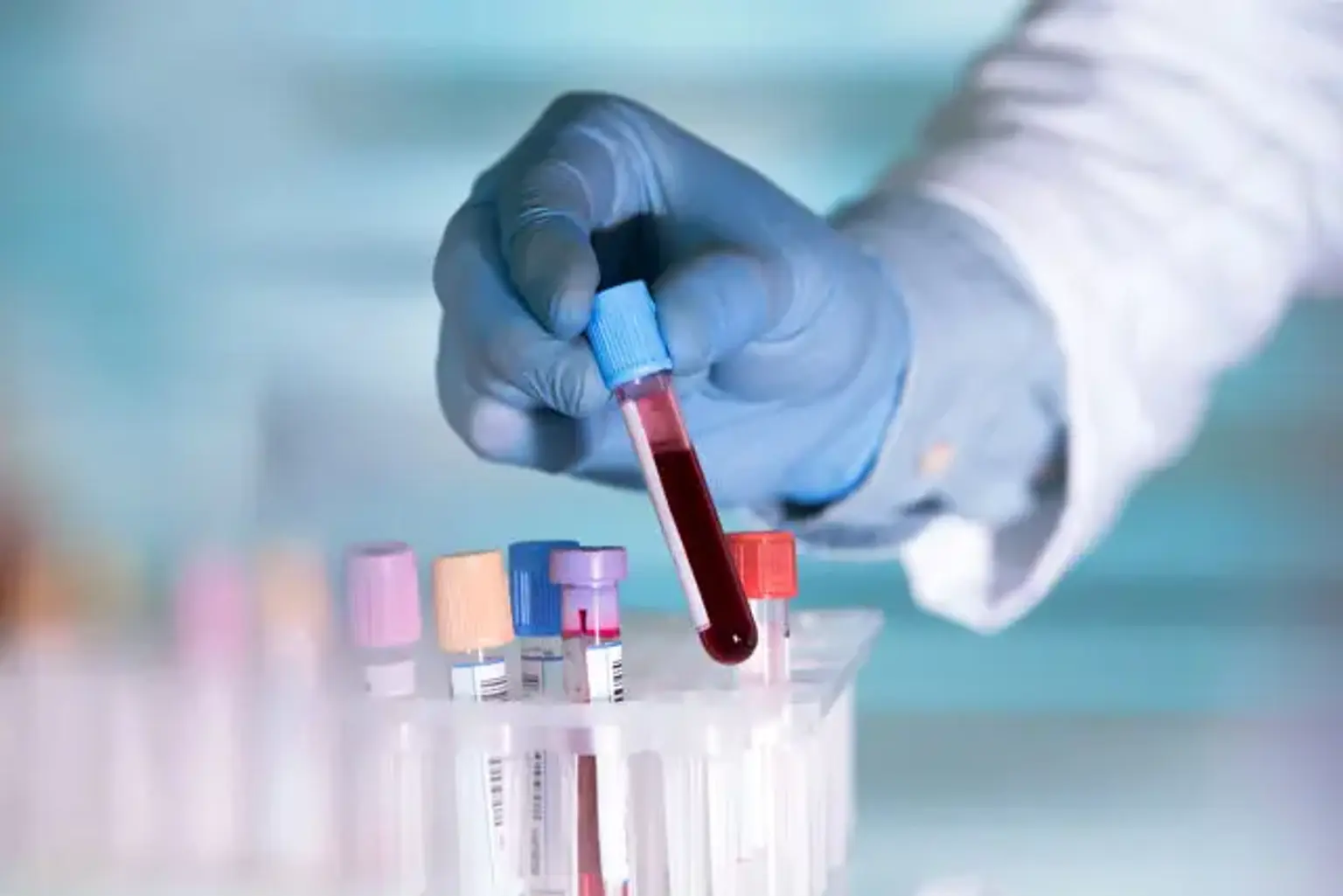Blood & Urine Exam
Overview
A blood test is a laboratory study of a blood sample taken from a vein in the arm using a hypodermic needle or through fingerprick. Multiple blood component tests, such as a glucose test or a cholesterol test, are sometimes bundled together into a single test panel known as a blood panel or blood work.
Blood tests are frequently used in medical settings to detect physiological and biochemical conditions such as illness, mineral content, pharmaceutical medication efficacy, and organ function. A basic metabolic panel or a full blood count are two examples of clinical blood panels. Blood tests are frequently used to identify drug usage in drug testing.
Clinical urine tests examine the physical and chemical characteristics of urine as well as its microscopic appearance in order to help in medical diagnosis. Urinalysis is a word that relates to the gross (macroscopic) inspection of urine, the chemical assessment using urine test strips, and the microscopic analysis of urine.
